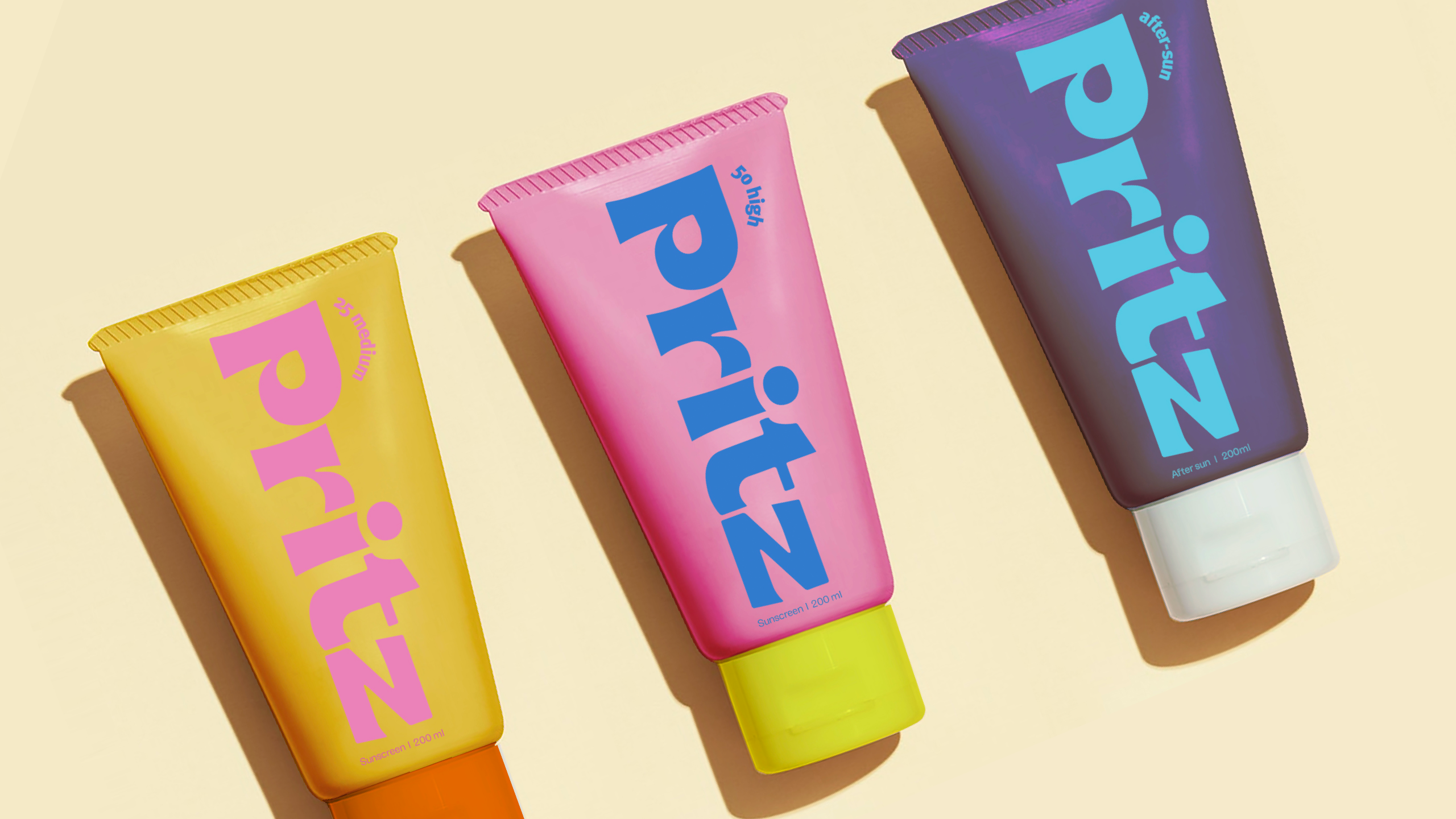Designing a brand that just 'looks pretty' isn’t enough. It’s a start — but not enough. We’re talking business here. We need a visual system that resonates with our customers.
LOGO
Logos are not artworks; they're symbols of identification. They have a job to fulfill. When we design a logo, we always keep in mind:
1. Make it distinctive
A typical (or cliché) style for our market category might not always be wise: Does it drown in a sea of sameness when we put it next up to our competitors? Let's do something else then.
2. Make it memorable
Like our brand's name, the logo serves as an identifier for our brand. As such, it should be easy to recognize and remember. If people see it once, they should know it's us the next time they see it.
3. Is it appropriate?
"Is it pretty?" is not the right question. Let's try that again: "Does it 'click' with our type of customer?" … that's better. It should carry forward our personality and evoke the right feelings.
4. Make it simple
Technically speaking, the logo should work at any scale: from a favicon to the side of our building.
COLOR
Our brand's color-use will translate so much of its personality towards our customers.
1. Psychology
Certain colors are said to evoke specific feelings. However, science has discredited a lot of color-psychology. Besides: the purpose of branding is to create new associations. So yes: let's make sure the colors 'feel' right, but let's not be the same as everyone else.
3. Hierarchy
Let's create a system that' 'flows'. Base colors, highlight colors, actionable colors. We want to drive clarity and avoid confusion.
2. Consistency
Let's stick to a chosen palette to increase the recognizability. We want our brand to be perceived as a personality, not a split personality!
A VISUAL SYSTEM
Besides the logo and color palette, there is an abundance of visual touchpoints. Think icons, illustrations, photography, typography, and on we go.
We must pore all of these into a system that makes sense. When all elements work together in harmony, they create a whole that's larger than the sum of its parts.
